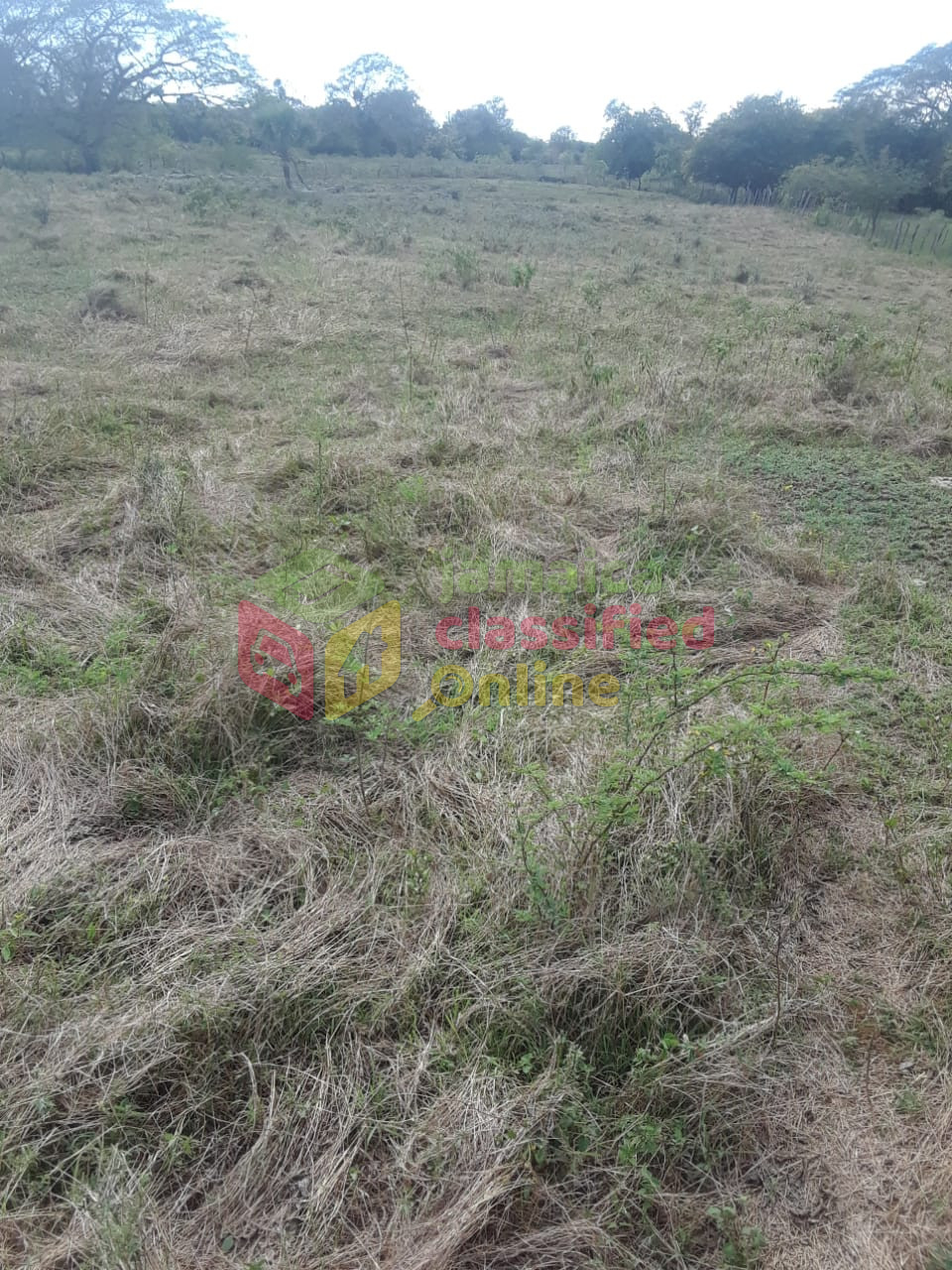1 Acre Of Land For Sale In North Carolina – Every click, every like, every follow, is part of an ongoing transaction. The dynamics of a sale can vary dramatically depending on the context. An item’s worth can be subjective, influenced by the desires, needs, and circumstances of both the seller and the buyer. By purchasing second-hand items, consumers can help reduce the demand for new products, thereby lessening the environmental impact associated with manufacturing and shipping. While buying and selling second-hand items can come with its challenges, the rewards—both financially and environmentally—make it a worthwhile pursuit for many people. Just as with material possessions, when a person is “for sale,” they put their value on display for others to assess. Online platforms also give buyers and sellers the chance to evaluate one another through reviews and ratings, adding an extra layer of trust and security to the transaction. Art, music, literature — these expressions of human creativity and emotion are not always bound by the rules of commerce. The due diligence process helps the buyer understand the risks involved, the company’s market potential, and any legal or operational hurdles that may exist. From the most trivial items in a dollar store to the most precious works of art in a museum, everything can be assigned a price. This is particularly evident in industries such as furniture, clothing, and electronics. Whether you’re the seller or the buyer, the phrase “for sale” is a reminder that everything in life is in constant motion, always moving toward something new, something different, something better. If the buyer is satisfied with the findings, the next step is usually negotiation. In this digital age, it often feels like there’s no such thing as privacy anymore, and that’s because we’ve essentially agreed to sell pieces of ourselves in exchange for recognition, affirmation, or even money. Many high-quality products come with a rich history, whether it’s the legacy of a renowned brand or the personal touch of a local maker. One of the most popular categories of second-hand goods for sale is clothing. The market for second-hand goods is also influenced by societal trends and economic conditions. For sellers, online platforms can expand their reach to a global audience of potential buyers, increasing the chances of finding the right match for their business. The idea of “buying quality” is not just a luxury; it’s a mindset that encourages consumers to think beyond the momentary gratification of cheap purchases and focus instead on long-term value and satisfaction. But the financial aspect is only one part of the equation.

1 Acre Land For Sale Cali Acreage
Save favorite listingsreal estate mls listingsnew to market listings

Over one acre in North Carolina. Circa 1928. 169,000 The Old House Life
Save favorite listingsreal estate mls listingsnew to market listings

1 Acre Of Land For Sale Brownberry
Save favorite listingsreal estate mls listingsnew to market listings

Land For Sale In North Carolina Vacant Land USA
Save favorite listingsreal estate mls listingsnew to market listings

Land For Sale In North Carolina, 13 Acres In Davidson County, NC
Save favorite listingsreal estate mls listingsnew to market listings

Land for Sale in North Carolina
Save favorite listingsreal estate mls listingsnew to market listings

Land Under 1Acre Bend & Sunriver Real Estate Schaake Capital Group
Save favorite listingsreal estate mls listingsnew to market listings

Land For Sale Bridgeton North Carolina at Michelle Engram blog
Save favorite listingsreal estate mls listingsnew to market listings

Great 1 Acre Lot in West North Carolina LandCentral
Save favorite listingsreal estate mls listingsnew to market listings
2 acres land sale, 1 acre land sale Lands & Plots 1764136754
Save favorite listingsreal estate mls listingsnew to market listings
The materials used, whether it’s hardwood, durable fabrics, or premium upholstery, are chosen for their longevity and aesthetic appeal. This leads to the accumulation of waste that ends up in landfills, contributing to pollution and the depletion of valuable resources. In many cases, sellers may work with business brokers, financial advisors, or accountants to help value the business and identify potential buyers. For the buyer, acquiring such a piece may carry with it the honor of preserving a legacy, or the satisfaction of adding a unique, timeless item to their own collection. Unlike mass-produced items that may become outdated or fall apart with minimal use, quality products are designed to endure. The global marketplace, with its constant buying and selling, influences everything from politics to the environment, creating ripple effects that are felt far beyond the immediate transaction. A person might sell a beloved possession to fund an important life change, such as starting a business, moving to a new city, or pursuing a dream. For environmentally conscious consumers, buying second-hand is not just a cost-effective choice, but a way to make a positive contribution to the planet. Many people continue to resist the notion that everything has a price, and they fight to reclaim what is meaningful and valuable in life. Even objects with little intrinsic value can be sold with great meaning. Legal experts are often involved at this stage to ensure that the transaction is conducted in compliance with all relevant laws and regulations. The marketplace, for all its flaws, has brought about great innovations. They are intended to last for a limited amount of time, after which they become outdated, broken, or no longer functional. It’s a small but significant way to make a positive impact on the planet, especially when one considers the volume of waste generated by fast fashion, electronic waste, and disposable goods. It doesn’t fall apart after a few uses, nor does it need to be replaced after a season. The practice of buying and selling second-hand items has been around for centuries, but in recent years, it has seen a resurgence. When a person creates something, they are offering a piece of themselves to the world, not for sale, but as a gift. The promise of success in a marketplace driven by capitalism can be an illusion for those who don’t have the resources or opportunities to compete on equal footing. This revival can be attributed to a combination of economic factors, growing awareness of environmental issues, and a shift in consumer attitudes toward sustainability and the value of pre-owned items. There’s something deeply satisfying about using an item that was crafted with skill and attention.
These platforms have also made it easier for individuals to sell their own pre-owned goods, turning unused or unwanted items into cash. An item’s worth can be subjective, influenced by the desires, needs, and circumstances of both the seller and the buyer. The practice of buying and selling second-hand items has been around for centuries, but in recent years, it has seen a resurgence. In recent years, the market for businesses for sale has been affected by several global and local economic factors. This is particularly important in a world where design has become a central element in consumer decision-making. A person might sell a beloved possession to fund an important life change, such as starting a business, moving to a new city, or pursuing a dream. This has opened up new possibilities for people to find exactly what they’re looking for, whether it’s a specific brand of furniture or a limited edition item that was once sold out. Many quality goods are made by artisans or small businesses who take the time to create products that reflect their expertise and passion. For the buyer, there is the risk of inheriting a business with hidden problems or liabilities that were not disclosed during the due diligence process. The idea of buying things that were once owned by someone else is no longer considered taboo or lesser; rather, it has become a lifestyle choice for those who want to make smarter, more ethical purchasing decisions. The story behind the item becomes part of its value, adding an emotional dimension to its physical form. What will come next? What new opportunities will arise from this decision? When an item is placed “for sale,” it’s not just the object that’s changing hands; it’s often a reflection of the personal changes happening within the seller. On the other, there’s the challenge of assessing the true value of a business, navigating the complex negotiations, and ensuring that the business is a sound investment in terms of both its financial health and its long-term viability. From the most trivial items in a dollar store to the most precious works of art in a museum, everything can be assigned a price. Additionally, brick-and-mortar thrift stores and consignment shops provide a more traditional avenue for selling second-hand goods. It doesn’t fall apart after a few uses, nor does it need to be replaced after a season. Furniture is another category that lends itself well to the second-hand market. The adage “you get what you pay for” rings especially true in the realm of quality goods. There are those who argue that not everything should be for sale. A home, a car, a piece of jewelry, a moment in time, a relationship — all of these things, at some point, become commodities.